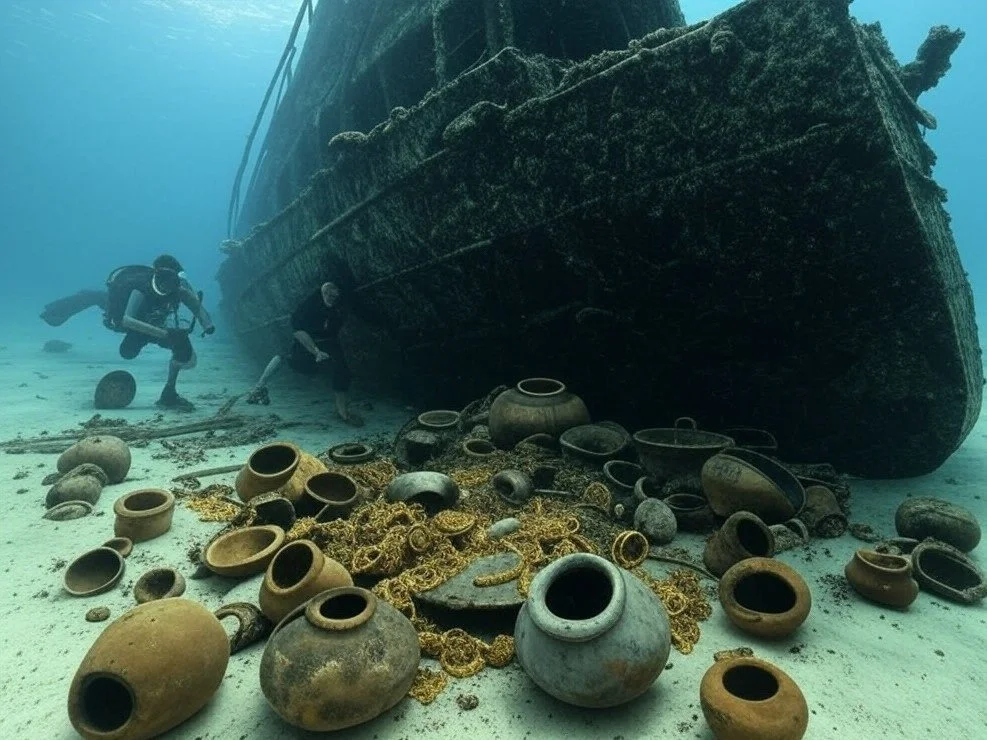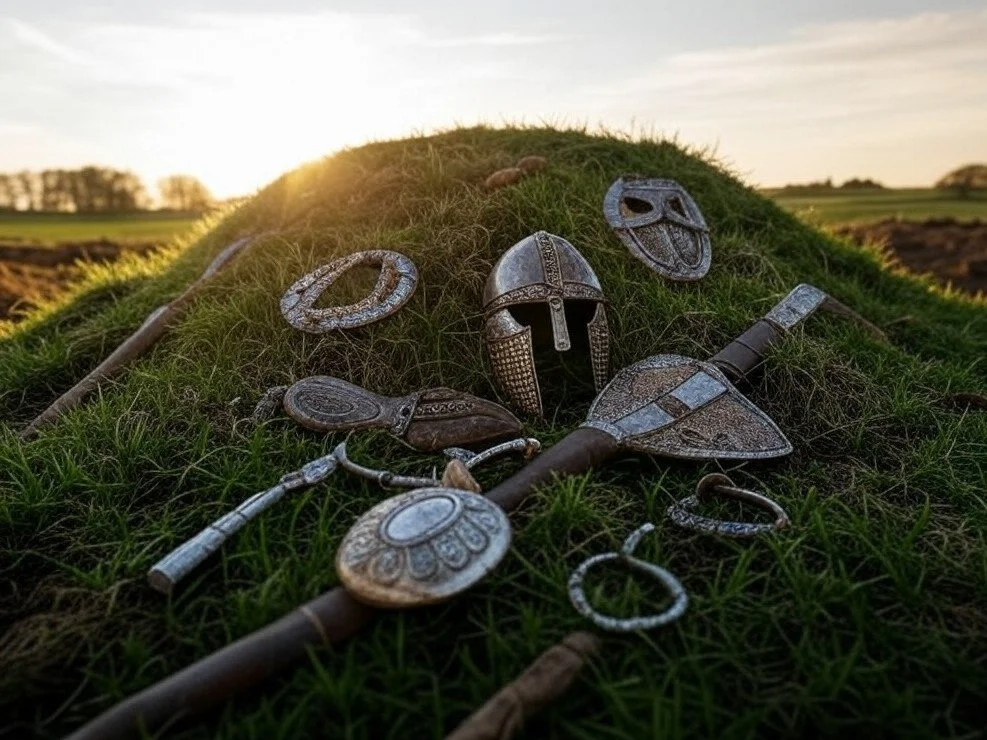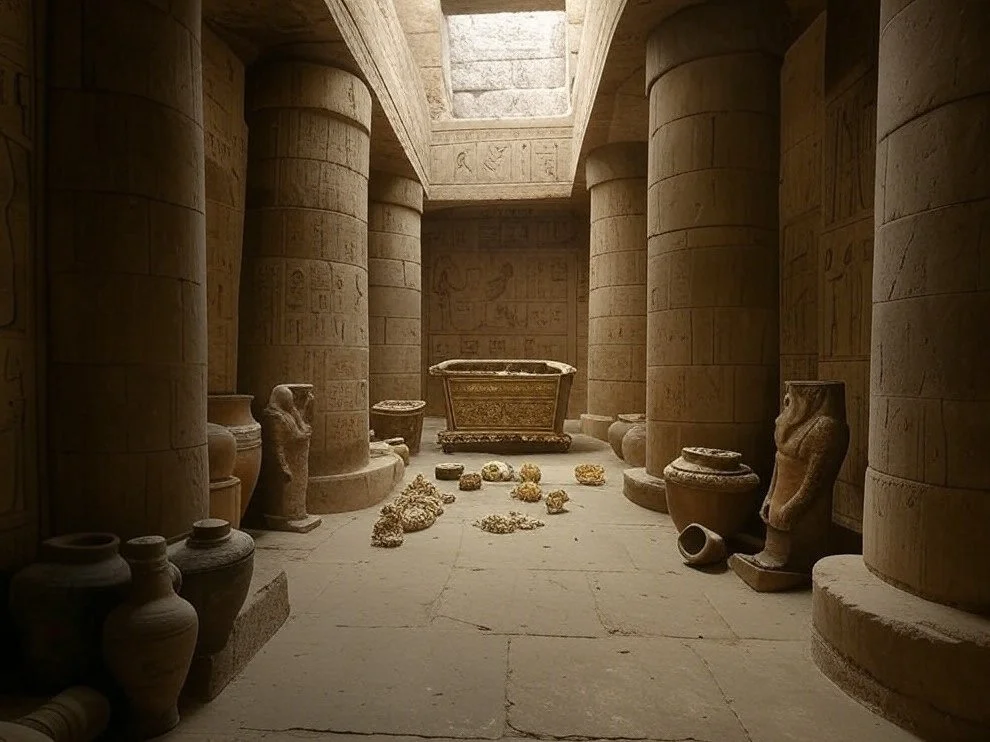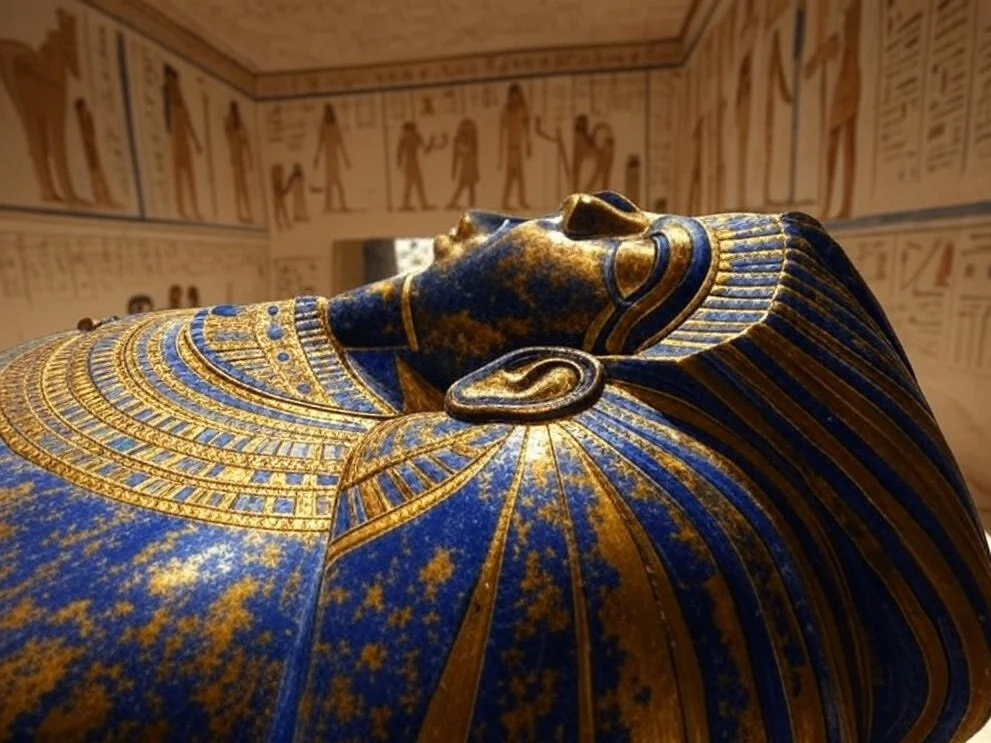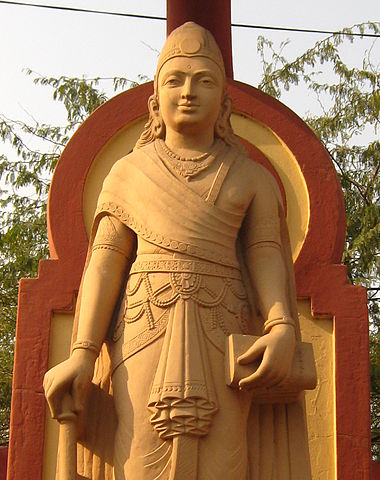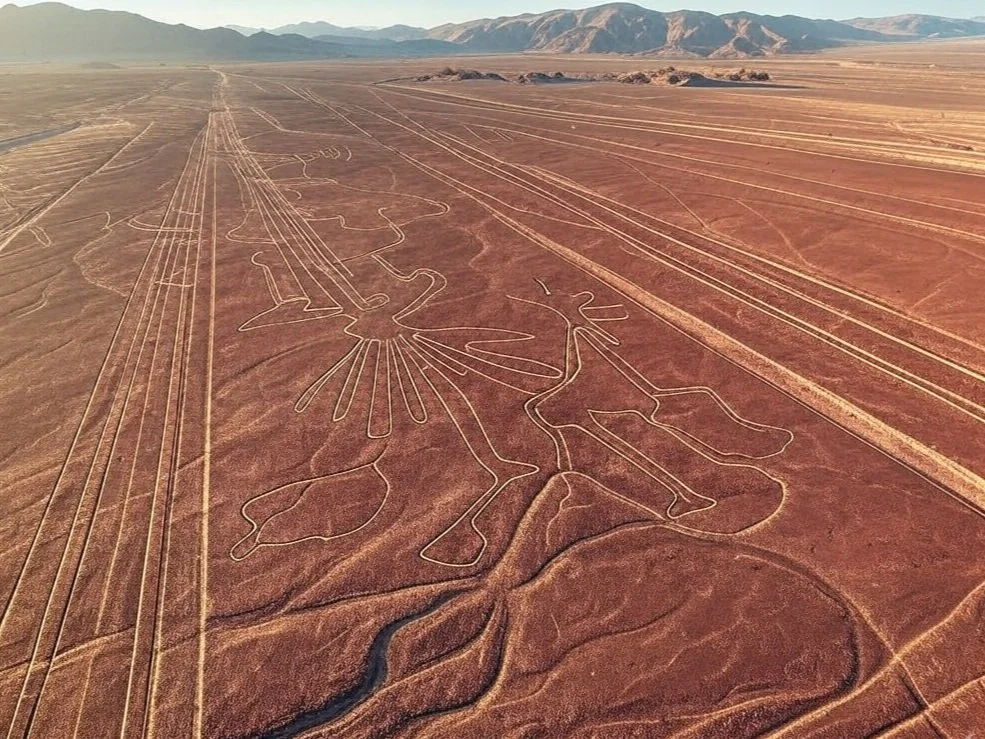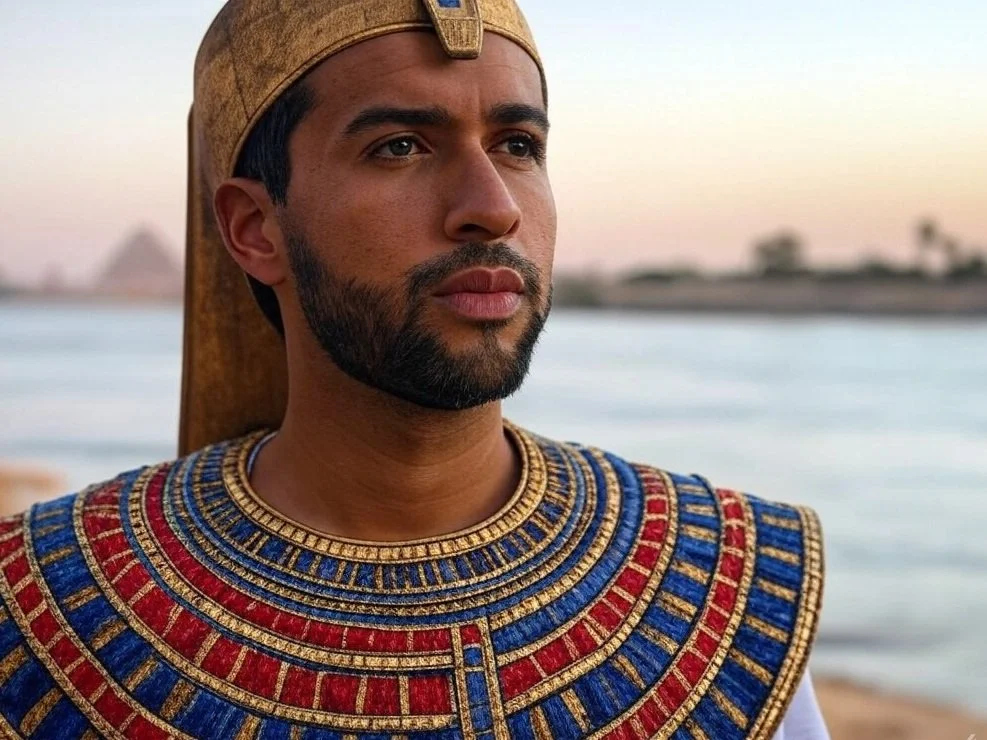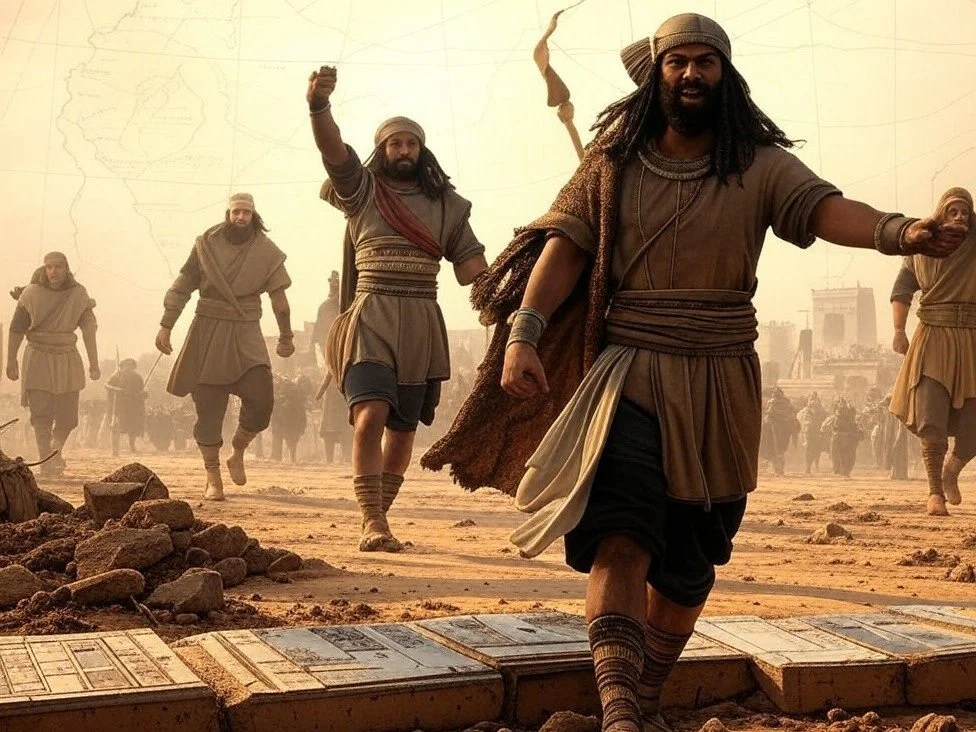Abstract The Colossus of Rhodes was one of the Seven Wonders of the Ancient World, standing as a monumental representation of Hellenistic engineering and artistic achievement. Erected in the early 3rd century BCE, this colossal statue of the sun god Helios symbolized the triumph and unity of the Rhodians after repelling an invasion. This article examines its historical context, construction techniques, cultural significance, and ultimate destruction. By integrating archaeological, historical, and engineering perspectives, this study seeks to provide a comprehensive analysis of this lost wonder.
Introduction The Colossus of Rhodes was an awe-inspiring statue constructed on the Greek island of Rhodes around 280 BCE. Created by the sculptor Chares of Lindos, this bronze structure stood approximately 33 meters tall, making it one of the tallest statues of the ancient world. Built to celebrate Rhodes' successful defense against Demetrius Poliorcetes' siege, the Colossus became a symbol of victory and resilience. Though it stood for only about 54 years before being destroyed by an earthquake, its legend has endured through historical records and artistic interpretations.
1. Historical Context The construction of the Colossus was a response to the failed siege of Rhodes by Demetrius Poliorcetes in 305 BCE. The Rhodians, with the aid of their allies, successfully defended their city and subsequently repurposed abandoned enemy siege equipment to finance the statue’s construction. This monumental project was a testament to the island’s wealth, military strength, and devotion to the sun god Helios, the principal deity of Rhodes.
2. Construction Techniques The Colossus was engineered using bronze plates over an iron and stone framework, a technique that was advanced for its time. Reports suggest that the base was composed of white marble, providing stability for the massive structure. The bronze was sourced from melted-down weapons left behind by Demetrius’ defeated forces. Workers likely used earthen ramps and scaffolding to assemble the statue in sections. The precise pose of the statue remains debated, with theories ranging from a straddling stance at the harbor entrance to a more traditional standing posture.
3. Cultural Significance As one of the Seven Wonders of the Ancient World, the Colossus held immense cultural and symbolic value. It represented the unity and strength of the Rhodians, serving as an inspiration for later monumental statues, including the Statue of Liberty. Ancient accounts, such as those of Pliny the Elder and Philo of Byzantium, emphasize its grandeur and artistic merit, although no contemporary depictions exist.
4. Destruction and Aftermath In 226 BCE, a powerful earthquake struck Rhodes, causing the Colossus to collapse at its knees. The remains lay in place for over 800 years, reportedly still impressive enough to draw admiration from visitors. In the 7th century CE, the remnants were allegedly sold by invading Arab forces, and the statue’s material was transported to Syria. While efforts to reconstruct it have been proposed in modern times, the Colossus remains lost to history.
Conclusion The Colossus of Rhodes remains one of the most intriguing and enigmatic structures of antiquity. Though its physical form has been lost, its impact on history, engineering, and art endures. Studying this wonder provides insight into the technological and artistic capabilities of the Hellenistic world and the legacy of monumental sculpture.
References
Pliny the Elder. (77 CE). Natural History.
Philo of Byzantium. (3rd century BCE). On the Seven Wonders.
Freeman, C. (1999). The Greek Achievement: The Foundation of the Western World. Penguin Books.
Boardman, J. (1988). Greek Sculpture: The Classical Period. Thames & Hudson.



